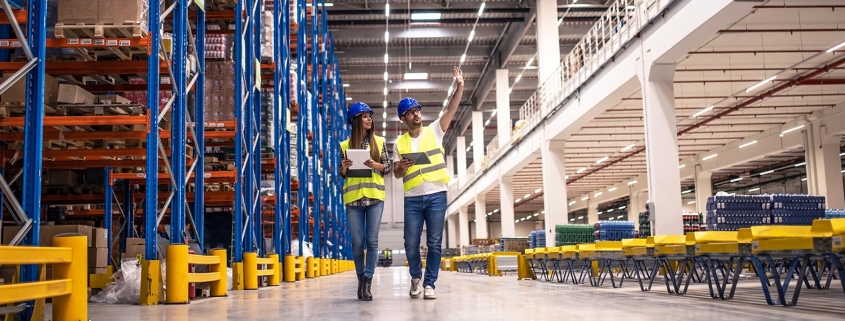A case study from China to Switzerland
This article will use the example of exporting textiles and wooden toys from China to share how to choose the right transportation method to ensure safe and speedy delivery to the destination.
Container shipping
Using container shipping can ensure the safety of goods and also protects the packaging. Shipping from China to Switzerland takes about 30-35 days. This method is suitable for large, lightweight, and well-packaged goods. Depending on the type of container, we can choose full-height, dry, or refrigerated containers to adapt to different types of goods and transport needs.
Air freight
Air freight is another option for shipping textiles and wooden toys. Using air freight can deliver goods quickly, with a delivery time of about 5-7 days from China to Switzerland. This method is suitable for high-value, urgent, and goods weighing less than 1000 kg.
It should be noted that with the development of many second-and third-tier cities’ airports in China, the throughput capacity of air freight has increased significantly. Compared with the price from first-tier cities, the price from these cities is more affordable.
Road transportation
from within China to Switzerland, transportation can be considered. As there are no ports in Switzerland, road transportation can better handle the problem of goods in transit. However, it is worth noting that road transportation is vulnerable to external factors such as road control and weather, and the safety of goods is sometimes challenged.
ConclusionWhen choosing the right sea and land transportation options, it is essential to understand the characteristics of goods and consider factors such as cost-effectiveness, transportation time, and the safety of goods. Container shipping and air freight are suitable for large, lightweight, and low-value goods such as textiles and wooden toys. Road transportation is suitable when goods need to be transported from within China to overseas ports. When choosing a logistics service provider, it is essential to consider the rationality and security of transportation and to ensure the safety of goods and insurance issues.




